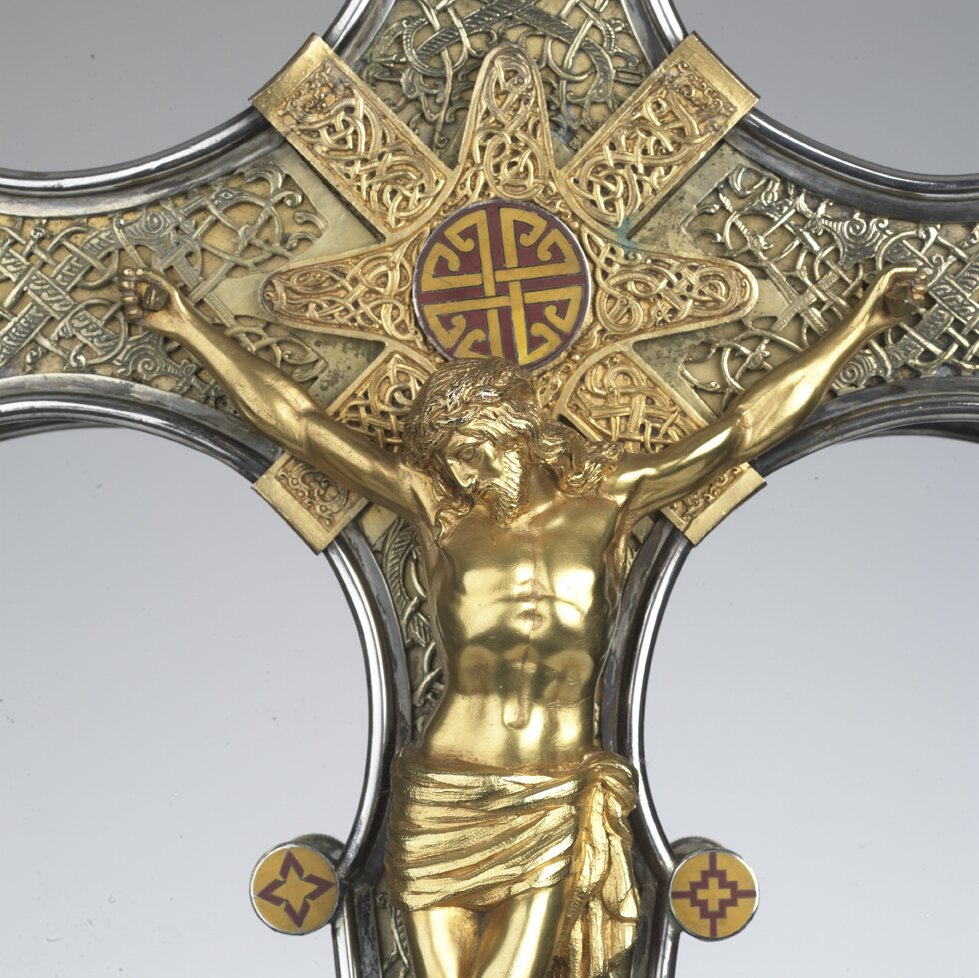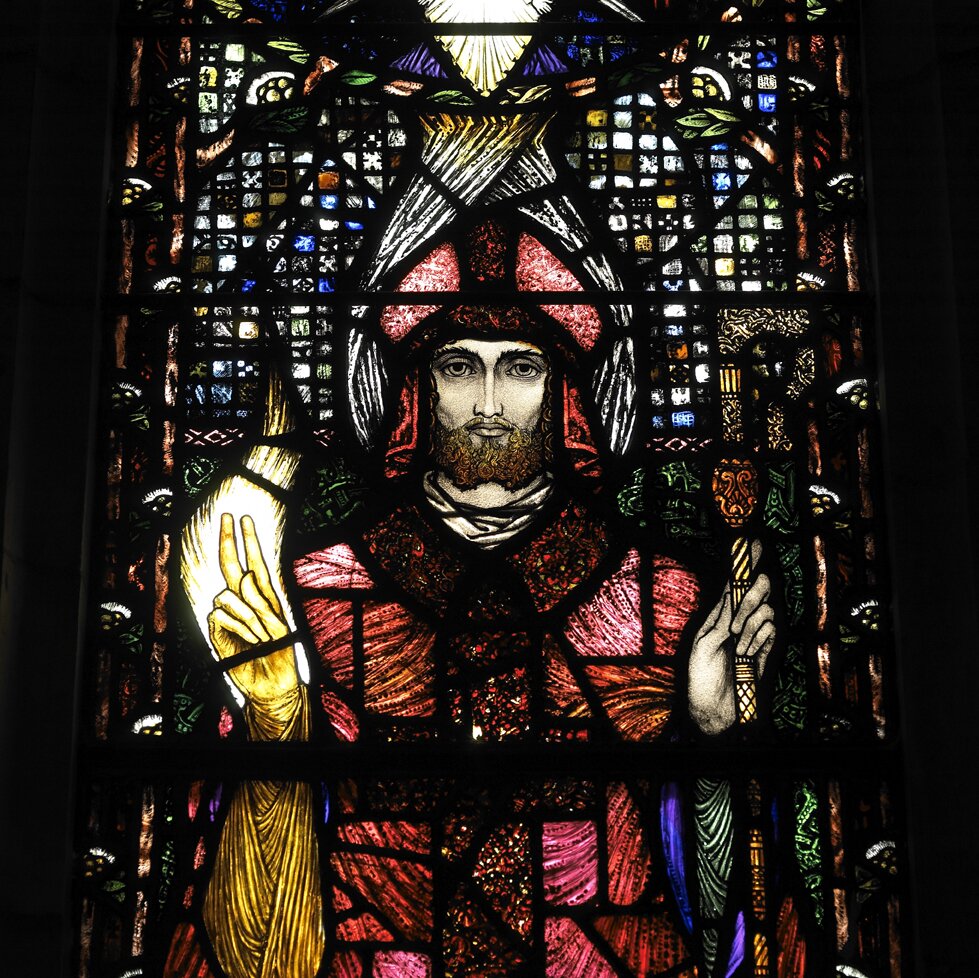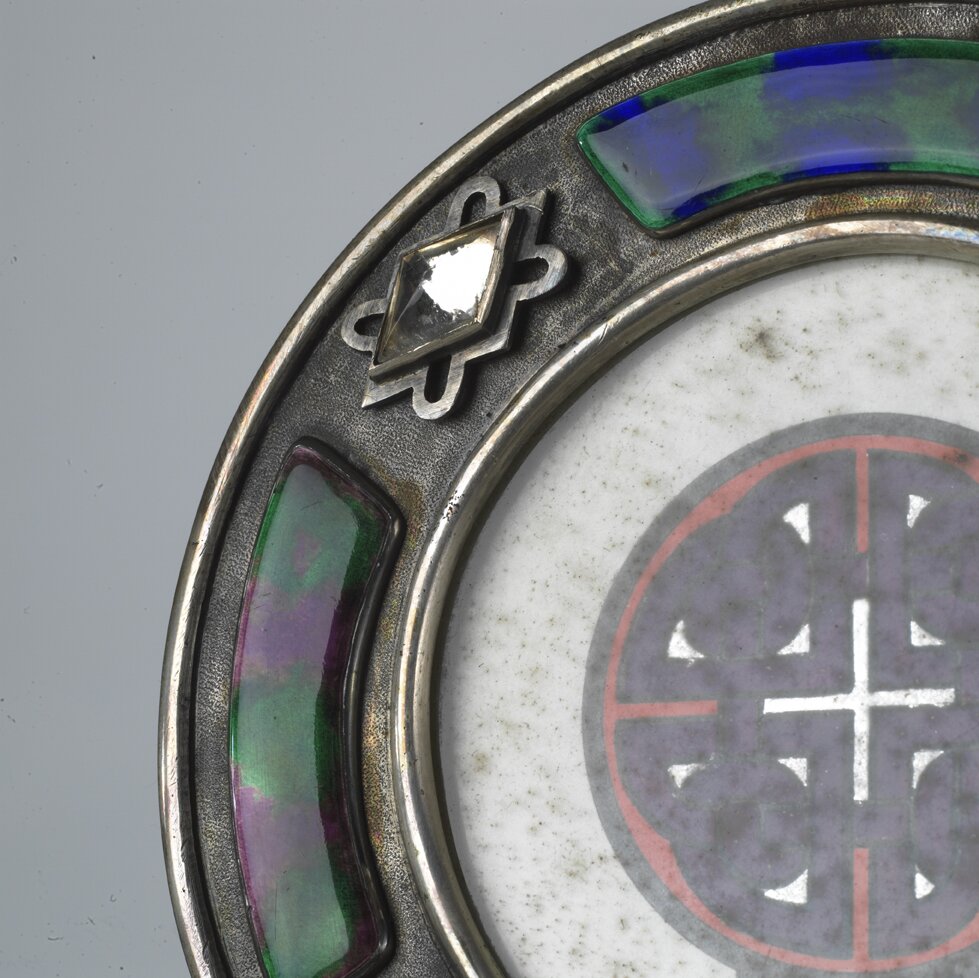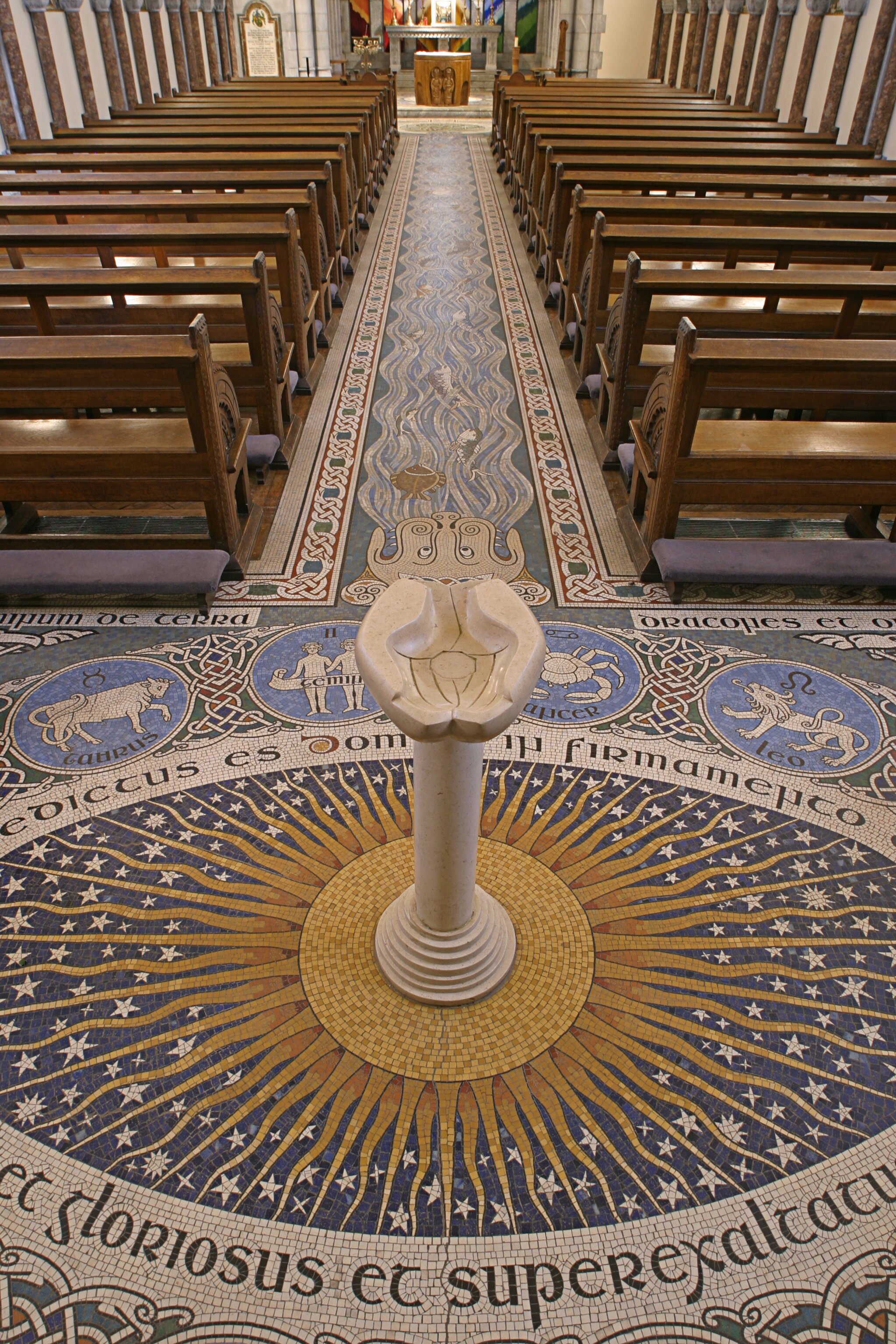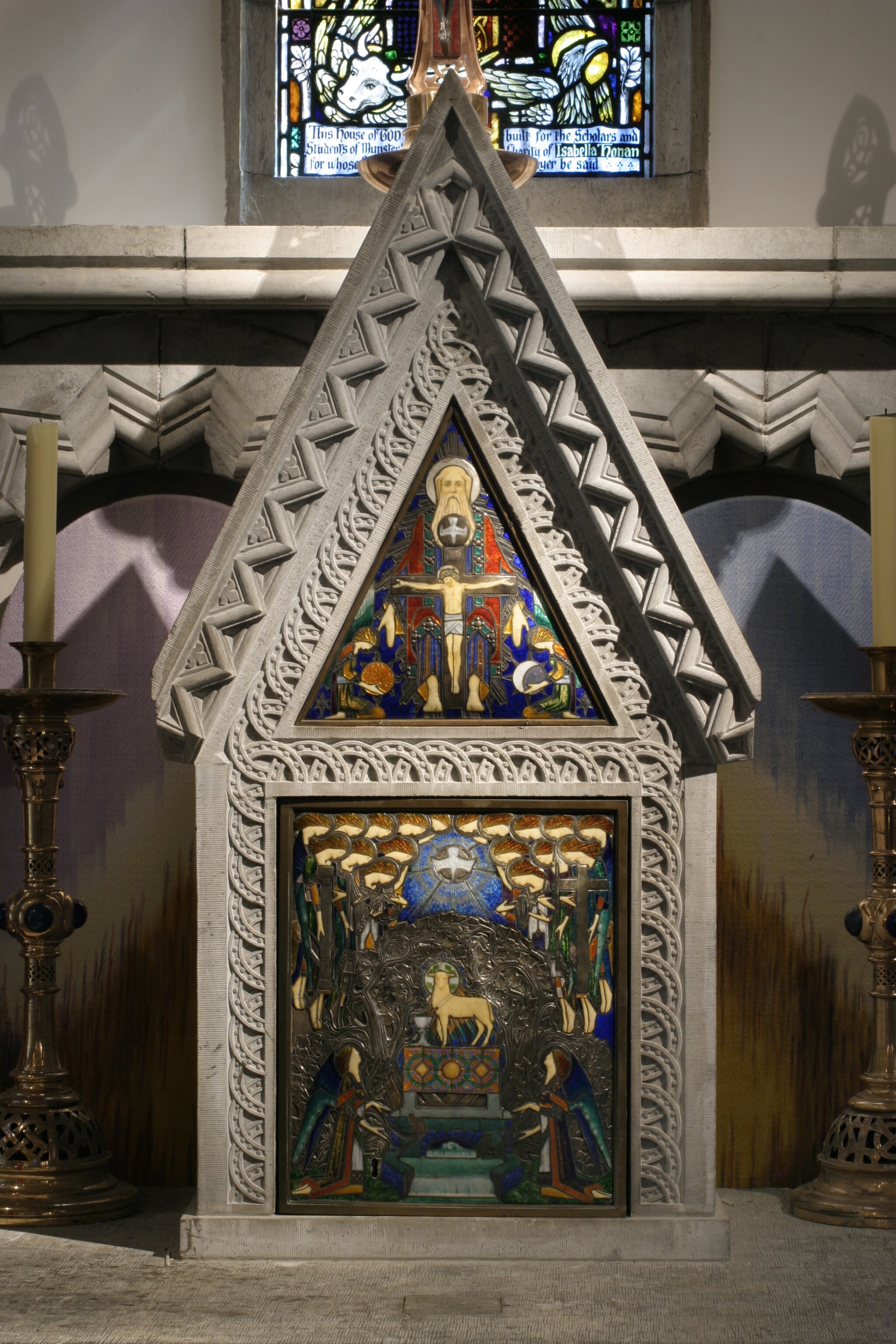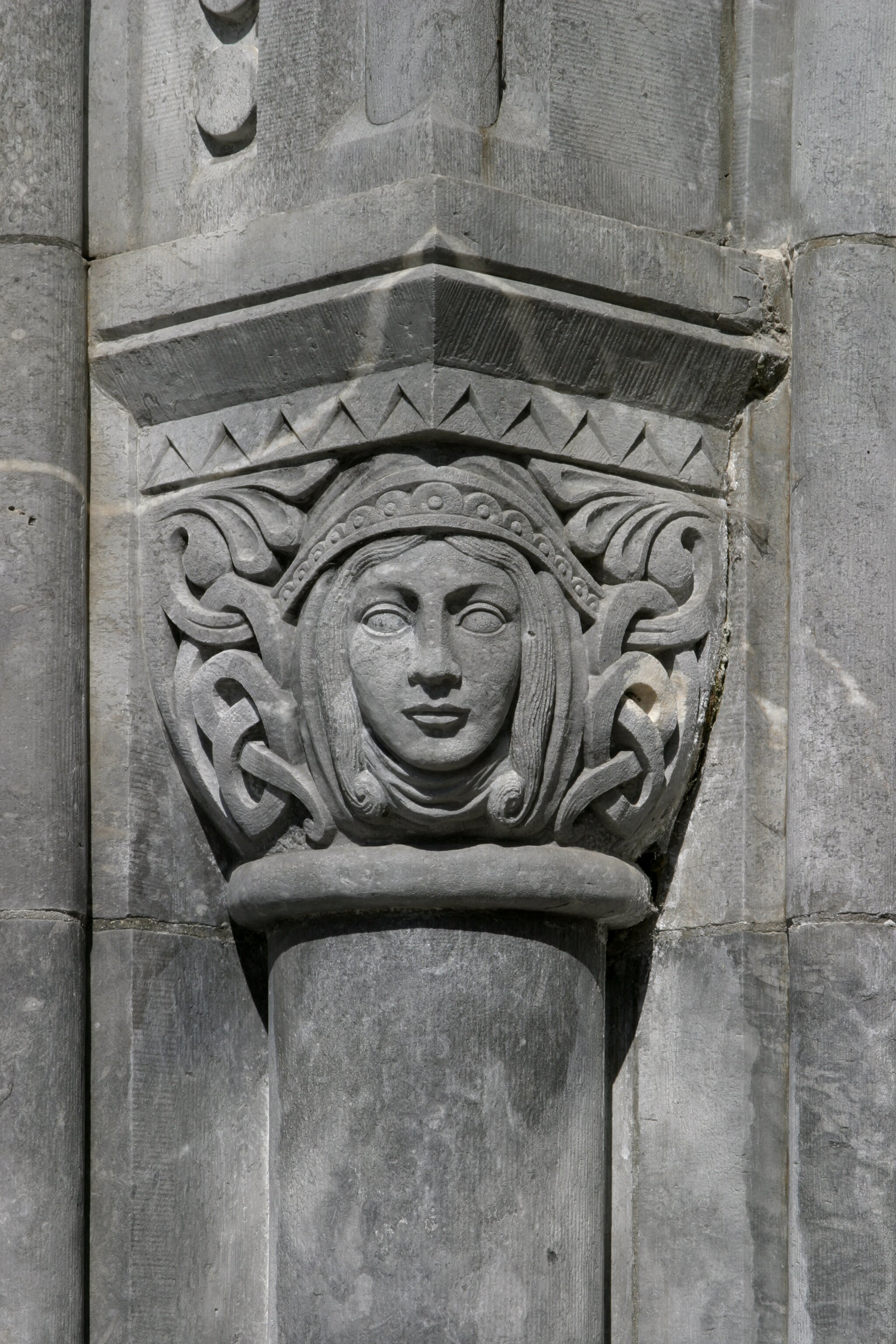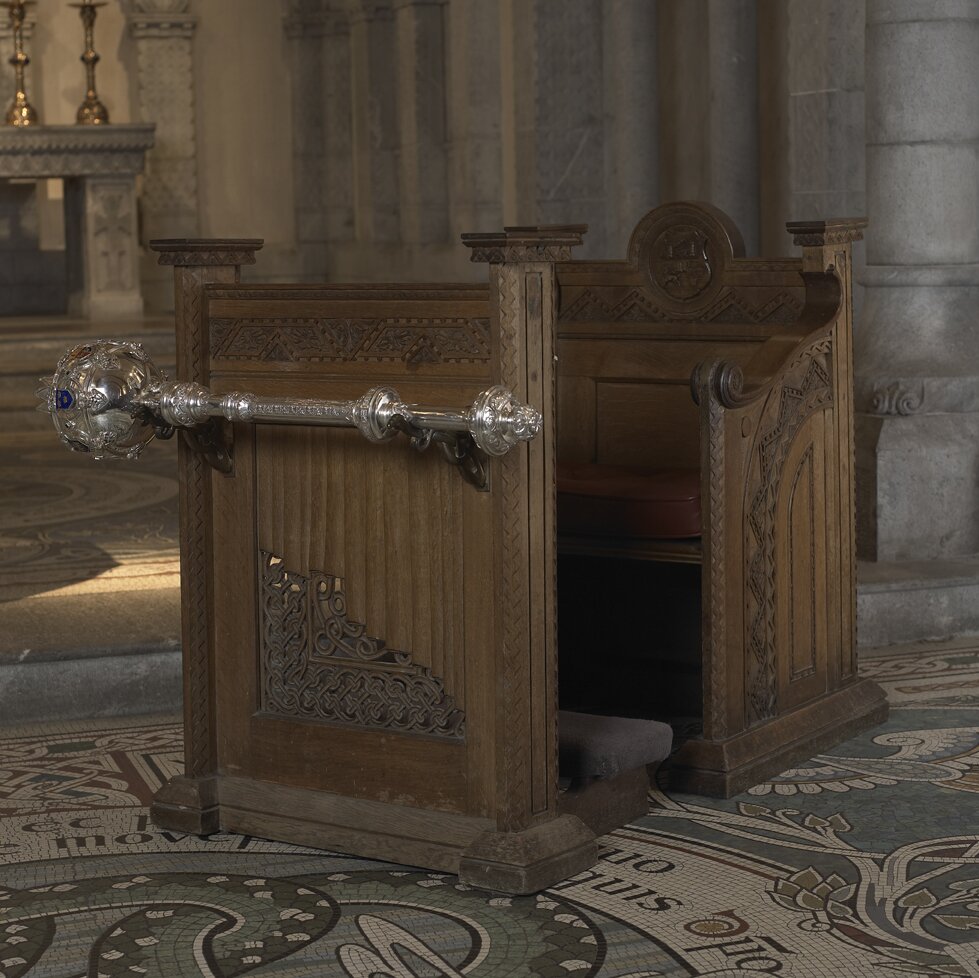Honan Chapel History
April 1916 saw the Easter Rising in Dublin. July 1916 saw the carnage of the Battle of the Somme in France. November 1916 saw the opening of the Honan Chapel in Cork. Although the formal name of the Honan is the collegiate chapel of St Finbarr, the chapel is popularly named after the Cork merchant family who gave the money for both the chapel and a hostel to be built to offer Catholic students a place of worship and a place of residence in UCC. This need grew from a background in which UCC was founded as a Queens College in 1845 and the Act of parliament under which it was founded decreed that no government money should be used for the provision of any church, chapel or place of worship. When Isabella Honan died in 1913 she was the last survivor of a Cork merchant family that had grown rich on the butter trade, one of the few industries in which local Catholics prospered to the point of domination.
The Honan Chapel was built and furnished during a period marking the transformation of the Irish political and cultural landscape. The period 1915-1917 was a watershed in the formation of modern Ireland. The Honan chapel was built at the height of the Great War, a war which was to have political implications for Ireland. An estimated 200,000 Irishmen fought in World War One, of whom 60,000 lost their lives. Many Irishmen had joined the British Army urged on by John Redmond’s belief that Irish participation would aid the fullest possible measure of Home Rule for Ireland, but as the war raged in Europe Redmond’s National Volunteer Force lost ground to the separatist Irish Volunteers who laid plans for the Rising of Easter 1916. While this rising was a military failure the aftermath altered political opinion within Ireland. There was a swing away from parliamentary participation for the Home Rule movement towards a more separatist Republican political opinion as advocated by Sinn Fein.
The Honan Chapel, dedicated to St. Finbarr of Cork, is a unique case-study illustrating the role played by the Dublin schools in helping to renew Cork craftsmanship in the first decades of the twentieth-century. The chapel and its liturgical collection are products of the Irish Arts & Crafts Movement (1894-1925). This accounts for the overall unity of style. The designers were searching for a new sense of Irish national identity on the threshold of political independence from Britain. This was expressed by looking back to the traditions of Celtic art and Hiberno-Romanesque architecture and blending them with contemporary tastes for Art Nouveau.
The building of the Honan Chapel and its original liturgical furnishings has been comprehensively examined by Virginia Teehan & Elizabeth Wincott Heckett in The Honan Chapel: A Golden Vision published by Cork University Press in 2004. The story of the Honan Chapel did not end on completion of the project in 1916. Items added to the collection since 1983 are an important part of the chapel’s evolution and have been included. These new furnishings reflect revision of the liturgy since the Second Vatican Council (1962-65).
